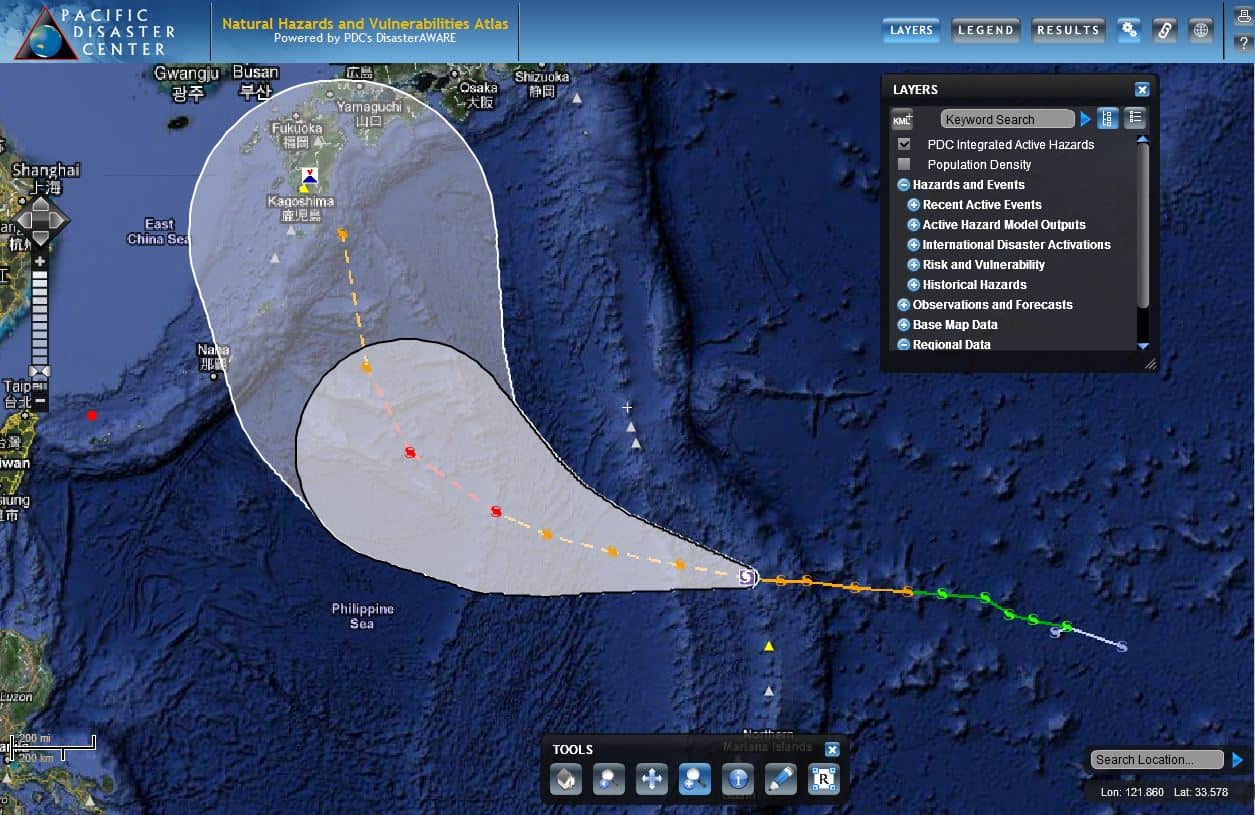The US Geological Survey (USGS) reported a 7.1 magnitude earthquake striking the city of Catigbian, located in Bohol Province, a popular tourist area in the Philippines on Tuesday, October 15, at 8:12 a.m. (local time). The strong and shallow quake triggered landslides and caused widespread damage to infrastructure. Low-rise buildings and historic churches collapsed, power and communications lines were cut off, and hospitals were forced to evacuate patients. (UN OCHA)
As indicated by the latest situational report from the Philippine National Disaster Risk Reduction and Management Council (NDRRMC), by 6:00 a.m. Friday, October 18, local time, the Philippine Institute of Volcanology and Seismology (PHIVOLCS) had recorded 1,581 aftershocks. The latest NDRRMC report indicates that the earthquake is responsible for at least 171 deaths in the Philippine provinces of Bohol, Cebu, and Siquijor, as well as 375 injured and more than three million affected. The death toll is expected to rise as authorities continue to assess the extent of the damage.
According to the UN Office for the Coordination of Humanitarian Affairs (UN OCHA), President Benigno Aquino III visited the quake-affected areas on Wednesday, October 16, to reassure people of his support. Meanwhile, humanitarian response operations are underway. The Philippine Department of Social Welfare and Development (DSWD) and the Philippine Humanitarian Country Team started to conduct rapid needs assessments in Bohol, and the Philippine Red Cross (PRC) mobilized emergency response teams to assist in relief operations, while the UN World Food Program (WFP) had pre-positioned stock piles of food and non-food items nearby.
For more information on the Philippine earthquake:
• Visit the Philippine National Disaster Agency for situation reports,
• Find information at their seismic and volcanology agency,
• Visit the Thomson Reuters Foundation site for more articles, and
• Read situational reports and updates from UNOCHA.





